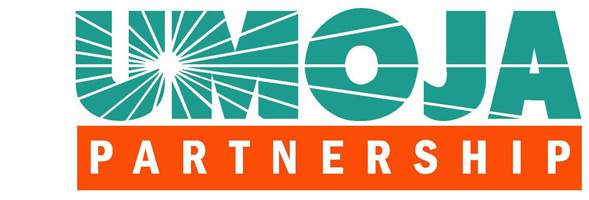On Friday night when I arrived at my first home stay, I found out that I would be preaching on Sunday at the Pentecostal Assemblies of God church. My previous preaching experiences I was told at least a week in advance (with apologies for the late notice). So I asked Mama Rose, the wonderful woman I am staying with, how long I should preach and she said, “Not long…30 minutes?” Now I am a good, traditional Methodist girl and good, traditional Methodist sermons never go longer than 15 minutes. So being expected to preach for 30 minutes with only a day to prepare obviously made me nervous.
